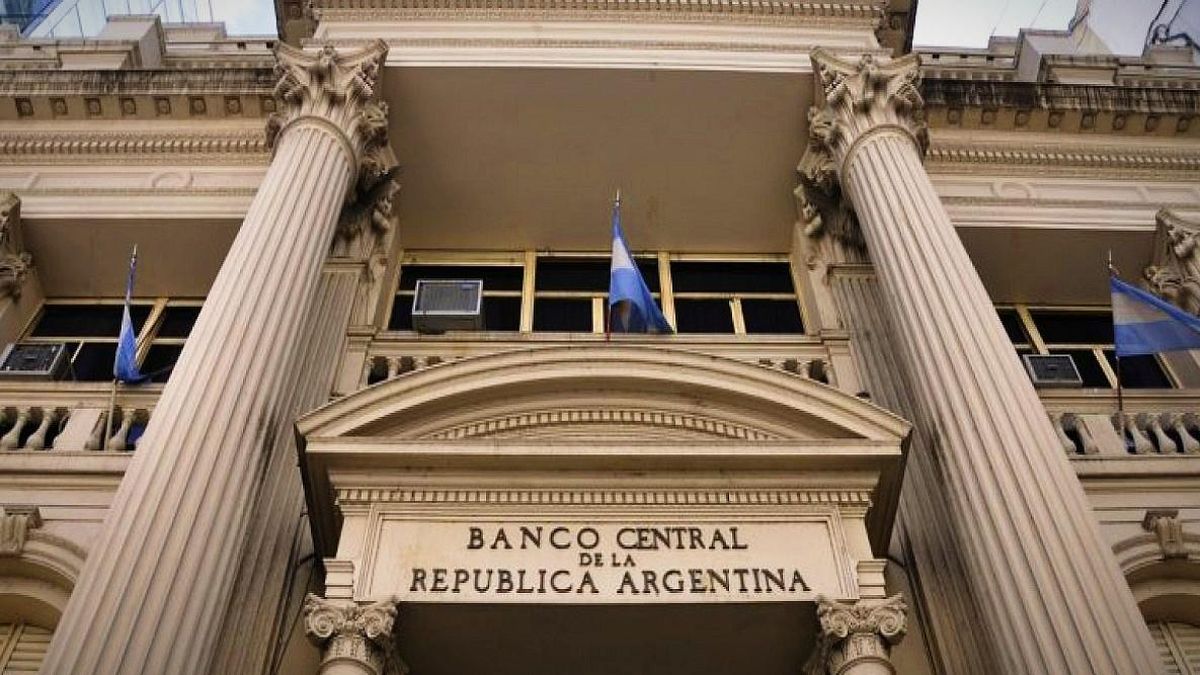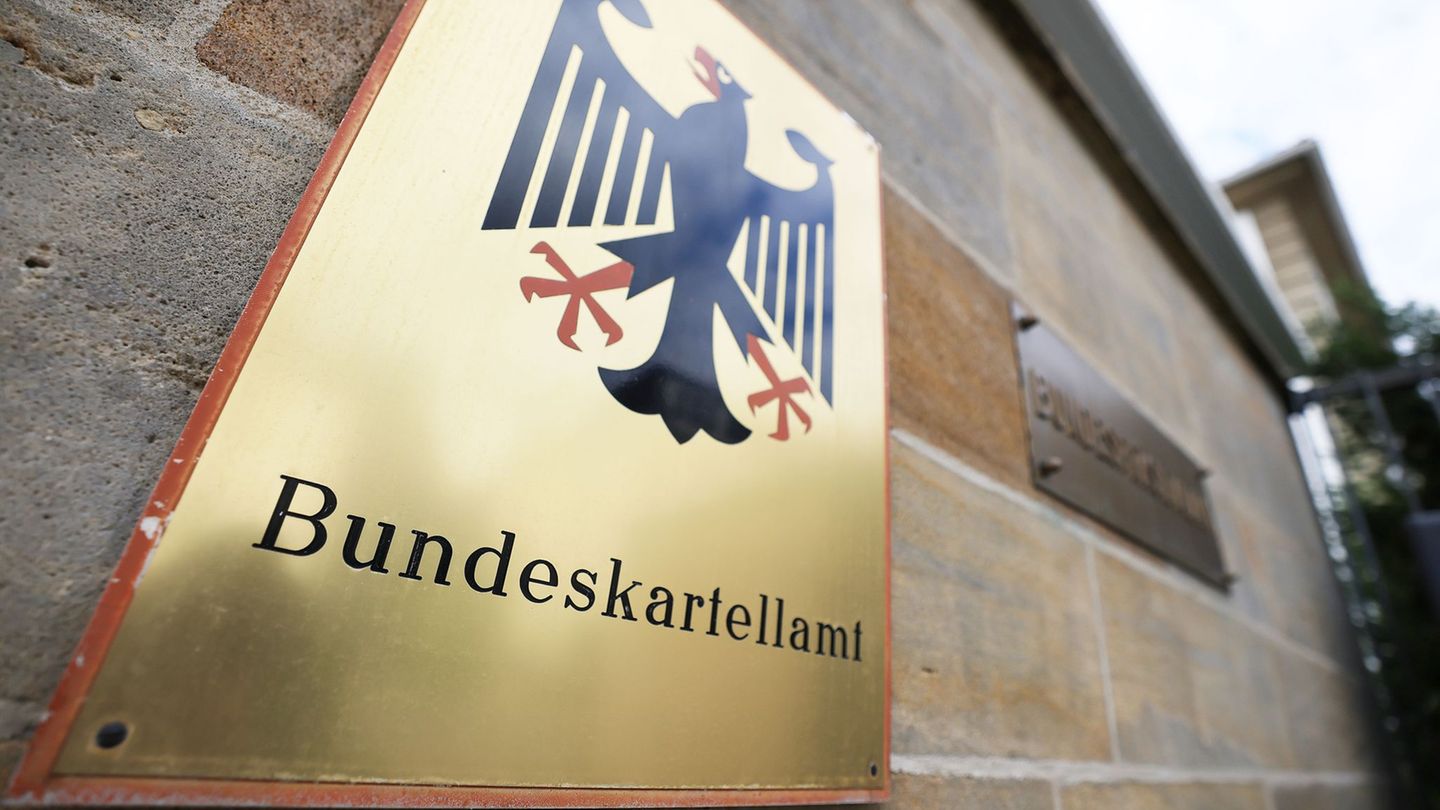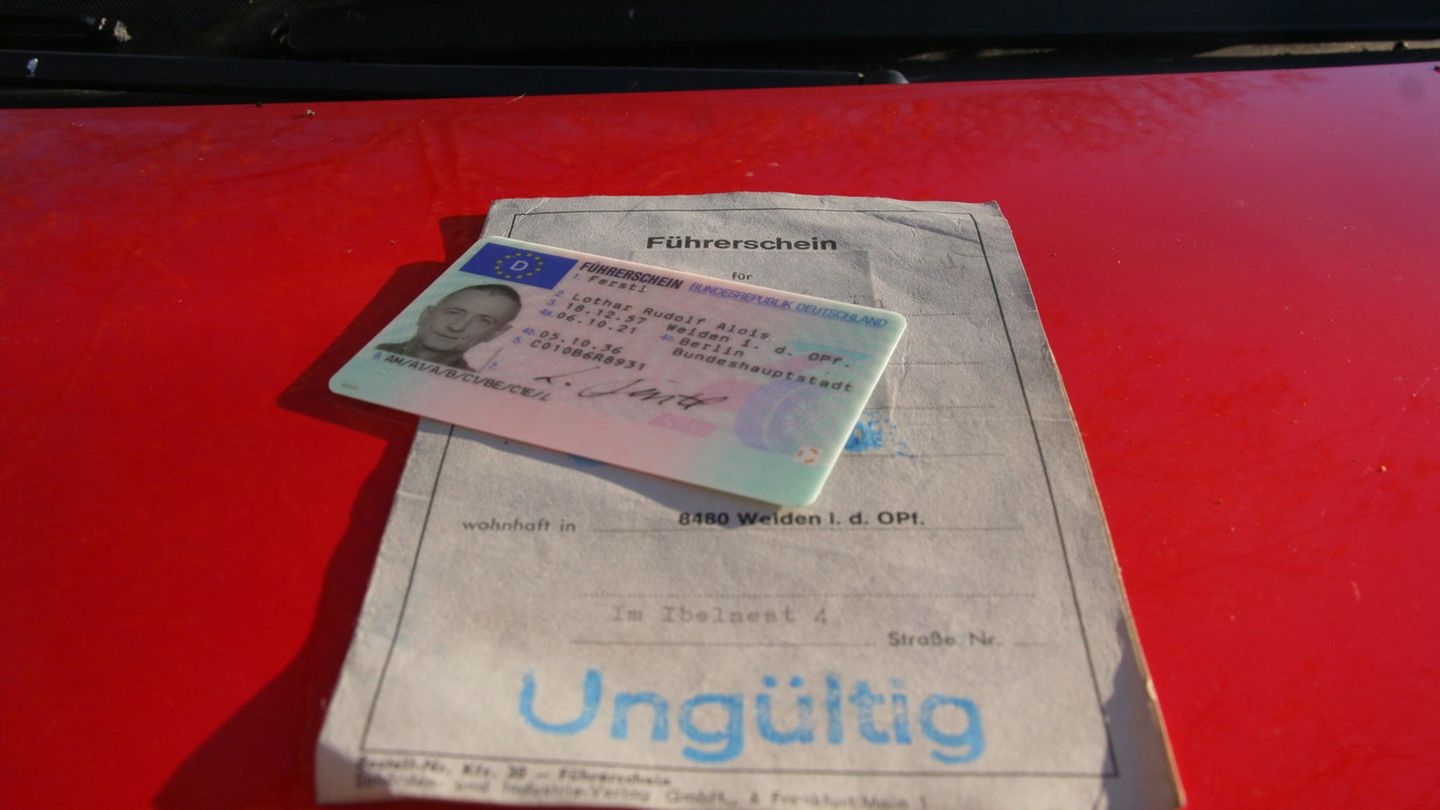Thus, in October the BCRA reduced the net sale to less than US $ 50 million. In October 2020, more than $ 380 million had been sold in five days.
The Central Bank purchases came after two measures were established on Tuesday that tighten the grip on financial dollar operations and limit the advance payment of imports for a month. Official decisions seek to limit the drainage of foreign currency from the coffers of the monetary authority, which was accentuated as a result of seasonality and electoral dollarization.
On the one hand, the CNV’s board of directors decided to reduce the maximum amount operable to sell MEP dollars to 50,000 nominal per week through bonds under local legislation. Until now, this limit only applied to cash with settlement (CCL). This suggests that the BCRA has to allocate less foreign currency from the reserves to contain the exchange gap between the financial prices “regulated” by its intervention, fundamentally that carried out with the AL30 title, and the official dollar. In September, the Central would have allocated slightly more than US $ 300 million (in addition to the US $ 950 million it sold in the official market), according to market sources.
On the other hand, the resolution restricts the realization of the curlers that had been assembled in the market as a result of the previous exchange regulations and official intervention. These arbitrations consisted of buying CCL or MEP at the regulated price ($ 176) and selling it in other segments where the BCRA does not participate, such as Senebi or in operations with other assets (around $ 190). Now, if AL30 is operated in pesos, it cannot be sold against MEP or transferred for a period of 30 days.
In turn, the BCRA announced that it will modify during October the mechanism by which advance payments are made for some imports. Specifically, it is a limit to the advance of purchases abroad that had been demanding a growing number of reserves given the expansion of the gap and the expectations of devaluation in the market.
In line with the Central purchases, the gross international reserves rose US $ 58 million, to US $ 42,847 million (in the month they fell US $ 64 million).
The savings dollar or solidarity dollar -which includes 30% of the COUNTRY tax, and 35% on Profit account- remained stable at $ 172.47, according to BCRA data. For the week, it was up 37 cents.
Wholesale dollar
In the wholesale segment, the currency rose two cents to $ 98.94 on the latter wheel, while ending the week with an advance of 13 cents.
The US currency showed a very stable behavior on the day, with prices very stabilized within the regulation values set for today by the control authority. The amplitude between highs and lows was significantly reduced in a scenario of marked tranquility.
Dollar CCL
The Dollar Cash with Settlement advanced 0.6% (98 cents) from last Friday to $ 176.55 (today, + 0.1%), bringing the gap to 78.4%. For its part, the “unregulated” CCL that is agreed through bilateral negotiations (SENEBI) -where transactions are not marked on electronic screens- or via ADRs was around $ 195.
Dollar MEP
In turn, the MEP dollar or “regulated” stock market rose in the same proportion in the accumulated of the last four days to $ 176.45 (+ 0.1% today), which left a spread with the wholesaler of 78.3 %.
blue dollar
The dollar blue fell $ 1 this Thursday to $ 184.50, which represents its lowest value in more than two weeks, according to a survey of Ambit on the black market for currencies.
In this way, the parallel dollar thus erased the rise of 50 cents registered in the previous round, after the announcements of greater controls on financial exchange rates to stop the flight of reserves.
The informal dollar rose to $ 187 on Wednesday intraday, to then cut and approach the same values of Tuesday’s close.
With the decline on Thursday, the gap with the official narrowed to 86.5%, the lowest in three weeks.
Throughout the short week, the parallel dollar it posted a $ 1.50 drop, the first drop in this span since early August.
During September, the blue dollar came from registering a it rises by $ 4.50 (+ 2.5%), after accumulating in August its lowest rise since March, by climbing just $ 1 (+ 0.6%).
After hitting a low of $ 139 in early April, the parallel dollar increased $ 9 in April (6.4%), $ 7 (4.7%) in May, $ 11 (7%) in June, and $ 12.50 (+ 7.4%) in July.
The nominal historical record of the blue dollar was recorded on October 23, 2020, when the price shot up to $ 195. That day the gap registered a record 150%. Meanwhile, the maximum level of the gap in 2021 was noted in January when it reached 94.8%.
David William is a talented author who has made a name for himself in the world of writing. He is a professional author who writes on a wide range of topics, from general interest to opinion news. David is currently working as a writer at 24 hours worlds where he brings his unique perspective and in-depth research to his articles, making them both informative and engaging.




